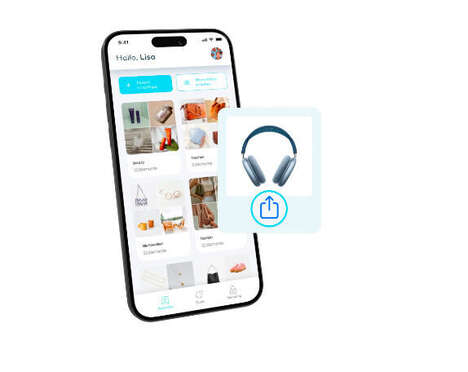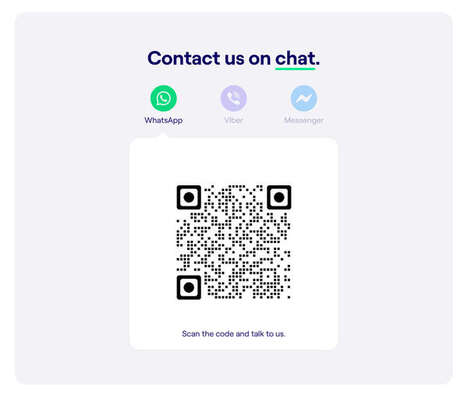How to Leverage Automation for Tax Season Prep

Tax season can often feel like a race against time—a marathon of collecting receipts, deciphering complex forms, and ensuring you don’t miss any deductions. Luckily, technology has come a long way to ease our tax-time stress. From receipt-scanning apps to AI-powered bookkeeping solutions, the newest automation tools can help you organize, calculate, and file your taxes more accurately (and in record time). If you’re looking to move away from those late nights buried under paper piles, read on to explore how automation can simplify your tax season prep.
1. Automate Your Bookkeeping
Cloud-Based Accounting Software
In the not-too-distant past, we’d keep track of business expenses in spreadsheets or, if we were truly old-school, a paper ledger. Now, cloud-based accounting software like QuickBooks Online, FreshBooks, and Xero automates much of the bookkeeping process, making it easier to manage expenses, reconcile bank transactions, and even collaborate with an accountant remotely. By syncing with your bank and credit card accounts, these platforms automatically categorize transactions, reducing manual data entry and minimizing errors.
AI-Driven Categorization
Some modern tools go a step further by using AI to identify and categorize transactions with impressive accuracy. This not only speeds up your bookkeeping but also ensures you won’t misclassify expenses that could affect your tax liability. With consistent updates from your financial institutions, you’ll have near real-time visibility into your income and expenses—making it easier to spot deductible items before they fall through the cracks.
2. Streamline Document Collection
Receipt-Scanning Apps
Digging through a shoebox of receipts is the last thing anyone wants to do come tax time. Fortunately, there are numerous receipt-scanning apps—like Expensify, Receipt Bank (Dext), or Neat—that turn physical receipts into digital records within seconds. Just snap a photo of your receipt, and the app automatically extracts the date, vendor, and amount. It’ll even categorize expenses for you, so by the time you’re ready to file, all those meal, travel, and business supply receipts will be neatly filed away in the right bucket.
Cloud Document Storage
Services such as Google Drive, Dropbox, or OneDrive make it easy to store and access your financial documents from anywhere. Some accounting platforms even sync directly with these storage services, so you can attach invoices or receipts to specific transactions. This level of organization can be a real lifesaver if you ever need to double-check a specific expense or address any surprises during an audit.
3. Harness the Power of Payroll Automation
If you’re running a business with employees, tax season prep is about more than just your own returns; you’ve also got payroll taxes, Form W-2s, and 1099s to manage. Payroll automation services like Gusto, ADP, or Paychex handle these repetitive tasks for you—calculating employee wages, automatically withholding the right amount of tax, and generating end-of-year forms. By integrating these payroll services with your accounting software, you can rest easy knowing that employee pay and taxes are properly tracked and updated, freeing you up to focus on running (and growing) your business.
4. Explore Integrated Tax Filing Solutions
Accounting Software + Tax Filing Services
Many popular accounting programs offer built-in or add-on tax filing services. Take QuickBooks Self-Employed, for instance: it easily syncs data with TurboTax, populating fields in your tax return automatically. This type of integration dramatically reduces the time you’d otherwise spend toggling between documents and retyping information.
E-File for Faster Refunds
E-filing doesn’t just save you postage—it can also help you get any potential refund more quickly. The IRS processes electronic returns much faster than paper forms, and e-filing tools will alert you if something looks off before you submit. That’s a major stress-reducer compared to sending in your forms and hoping you didn’t miss a critical detail.
5. Use Automatic Reminders & Deadlines
A big part of tax prep is remembering due dates for estimated tax payments, quarterly filings, or employee payroll returns. Setting up automated reminders through your accounting software or on your calendar can help you stay on track. Apps like Todoist, Asana, and Trello let you create recurring tasks and deadlines to ensure you never miss a critical tax payment or filing window.
6. Keep Security Top of Mind
When dealing with financial data, security is everything. Most reputable accounting and tax software providers use encryption to protect your information. However, you should still make sure you use strong passwords, enable multi-factor authentication, and be cautious when using public Wi-Fi networks. After all, these measures help ensure your tax-time data stays in the right hands—yours!
Final Thoughts
Automation isn’t about removing the human element from tax prep; it’s about freeing up your time so you can focus on what truly matters—growing your business or enjoying your personal life without looming deadlines. By integrating the latest automation tools, you’ll streamline data entry, reduce human error, and keep your books in order all year round. And when April rolls around, you won’t be left searching for that one elusive receipt—it’ll already be scanned, categorized, and accounted for.
Tax season might never be your favorite time of year, but by embracing automation, you can transform it from a dreaded chore into a relatively painless process. So, why not let technology do the heavy lifting? You might just find that come next spring, you’ll be breezing through your filings and happily clicking “submit” well ahead of schedule.
For more AI and personal finance trends in the year ahead, check out Trend Hunter's 2025 Trend Report.


